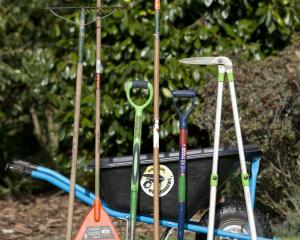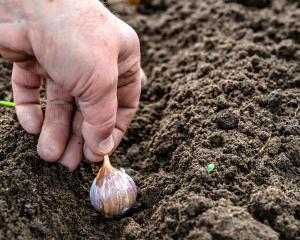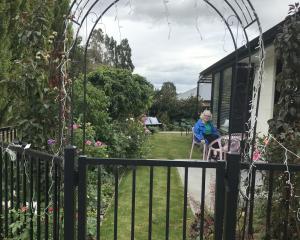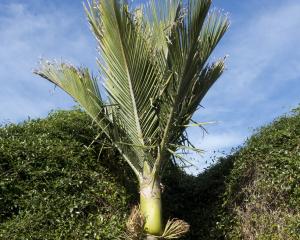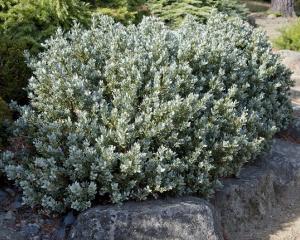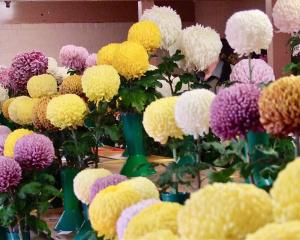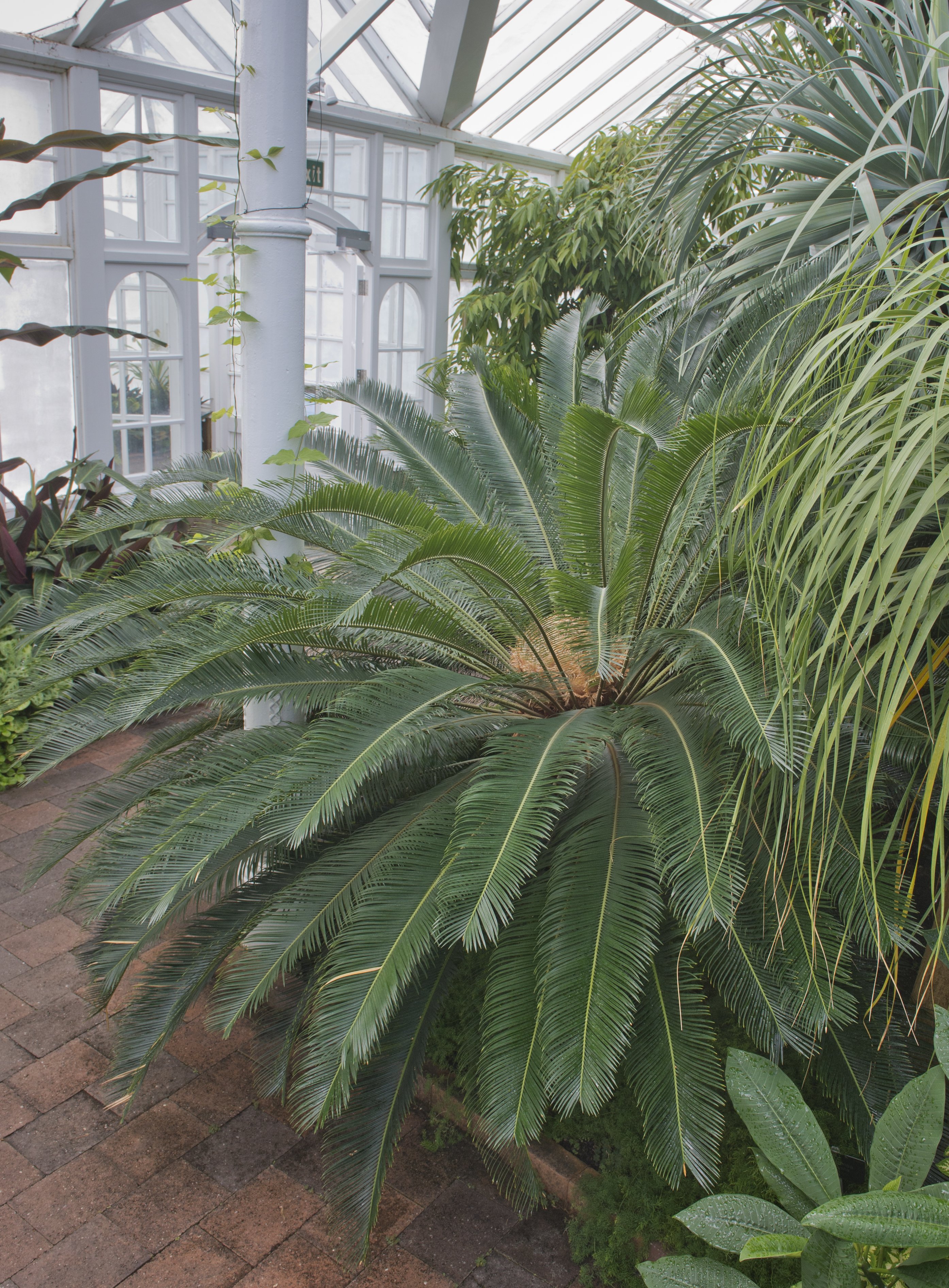
For many years following its planting in the central glasshouse, this rare species of cycad would struggle to grow a new ring of fronds every couple of years. However, this changed following improvements to the environmental management system two years ago.
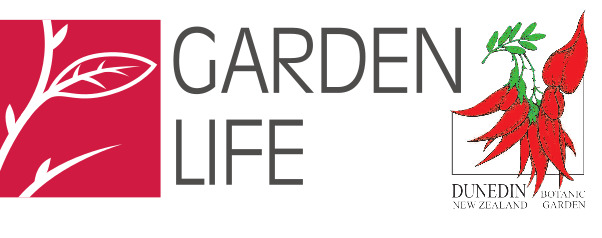
With better control over the growing conditions by maintaining the desired temperatures, the ability to better manage the humidity levels during warm seasons and a regular fertilising programme, the growth rate has increased noticeably.
Following this season’s new growth, this cycad has produced a female cone. Emerging as a small tip in the middle of the rosette of leaf fronds, it has now developed into a colossal cone.
Despite originating in Guangdong and Fujian provinces of China, its given species name implies an incorrect origin due to a historical error.
In 1867, a specimen reached the British Museum and Kew Gardens via Robert Swinhoe, the British consul in Taiwan and Xiamen (Fujian).
The botanists erroneously believed Swinhoe sent the specimen from a plant found growing in Taiwan, resulting in the naming as Cycas taiwaniana.
In 1994, a deeper investigation revealed its true heritage. The plant sent by Swinhoe was not related to the wild cycad species of Taiwan, but remains as an example of the complexity and historical intricacies in botanical classification.
Garden life is produced by the Dunedin Botanic Garden. For further Information contact Ben Xie

